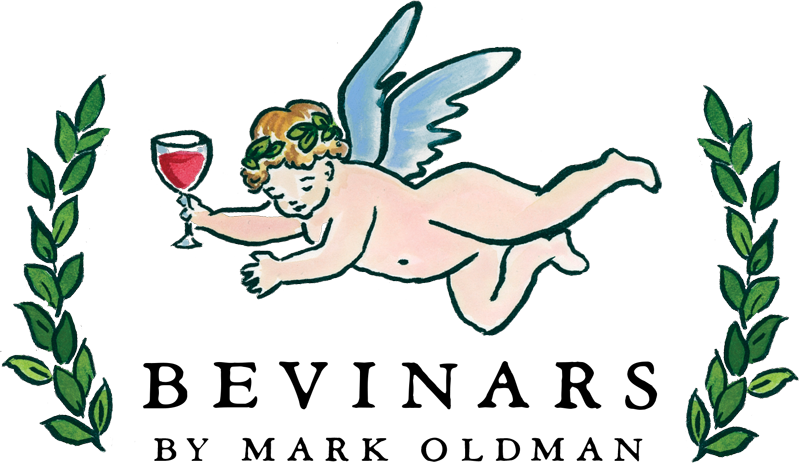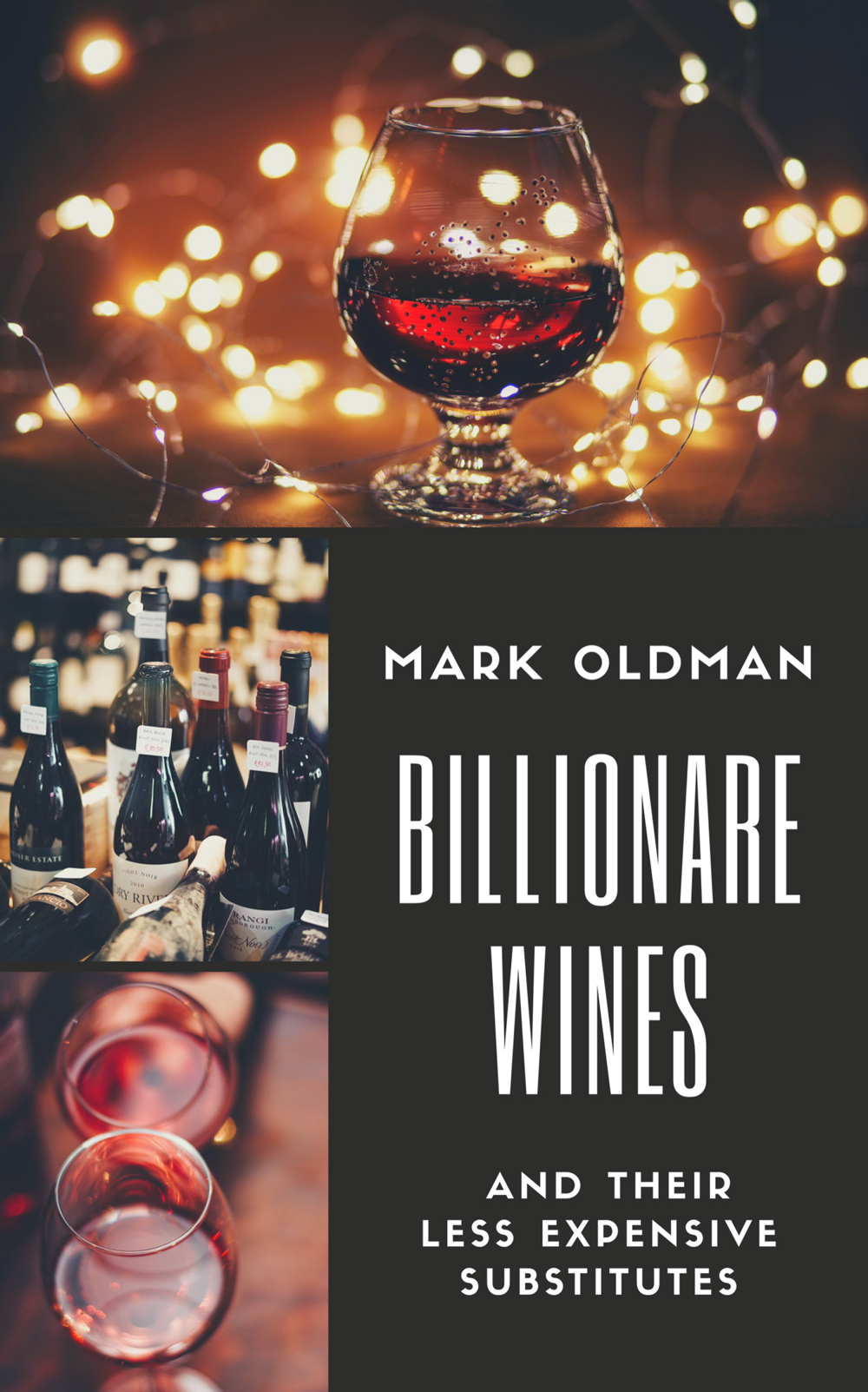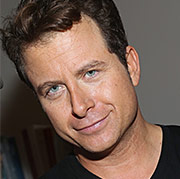Secrets of Chardonnay
If any wine embodies a “big,” almost Texan spirit, it is the richer style of California Chardonnay: big weight, big alcohol, and big hints of tropical fruit and oak. But lighter and less oaky styles exist, both in California and especially in its spiritual homeland, the Burgundy region of France.
California and other New World Chardonnay
Chardonnay: Criticized by Some, Prized by Many
When I’m around wine experts, it sometimes seems like Chardonnay is the piñata wine: everyone likes to beat on it because of what’s sweet inside. Some wine pros do not hesitate in taking Chardonnay to task for “all looking alike and making wine drinkers’ life quite boring,” and being “over-ripe, over-oaked, over-everything [such that they] tire the palate and destroy a meal”.
On the other hand, Chardonnay remains not only the most popular white wine in America, but also the only white wine for many drinkers. Its vanilla-bean bouquet, creamy texture, and overall inoffensiveness makes it as comforting as a spoonful of applesauce — and thus a starting point in many of our wine journeys. For me, tasting a ripe Californian Chardonnay is like hearing the first few bars of the Beach Boys’ “California Girls”: a dreamily sweet ride down the palm-lined boulevard of my past.
 Avoid McChardonnays
Avoid McChardonnays
This is not a bad thing in and of itself, but the problem, as echoed by my panel of wine experts and an increasing number of consumers, is the raft of mediocre “McChardonnays” on the market. Chardonnay is such a popular wine type that wineries can get away with churning out big, blowsy butterballs that taste more like an oak two-by-four than the wide range of delicious fruit flavors this grape can muster. In the warm climate of California, the Chardonnay grape ripens to yield wine of considerable weight and fruitiness, enough to stand up to vanilla-tinged influence of oak fermentation and aging. In the spirit of America’s all-you-can-eat culture of excess, however, many winemakers throttle up the oak influence, sometimes to hide to the inferior quality of their fruit, and almost always to cater to the throngs of consumers who don’t know any better.
Reigning in Oak
While disappointing examples still crowd the shelves, quality winemakers are more frequently reigning in their use of oak and striving to make Chardonnay with better balance. But even with a lighter touch, California Chardonnay is almost never bashful. Though a range of styles exist, the dominant one is still a showy display of fruit aromas and flavors, often a cascade of peach, pineapple, pineapple, and mango, though subtler renditions shade towards apples, pears, or lemons. When oak is used judiciously, it imparts a vanilla or smoky dimension that enhances, not obscures, the fruit. Better versions of Chardonnay have enough acidity to counterbalance its signature creaminess and perceived sweetness.
Chardonnay Outside California
Because it’s easy to grow and to sell, Chardonnay shows its buttery face in wine regions around the world. The flamboyance of California Chardonnay contrasts with its counterpart in France, where the cool climate and winemaker restraint leads to Chardonnay of greater subtly. The template for France, and indeed the world, is White Burgundy, which is almost always 100% Chardonnay; its clean, nutty, apply fruit, crisp acidity, and hint of earthiness stir the souls of collectors everywhere. In contrast, Australian Chardonnays tend to resemble the California style with their one-two punches of tropical fruit and oak, but often for less money. While the last decade has seen more wineries moderate their use of oak, you’ll still see plenty of toasty, butterscotch bombs from Down Under. Another good source of inexpensive Chardonnay is Chile, whose style also tends to be ripe and oaky.
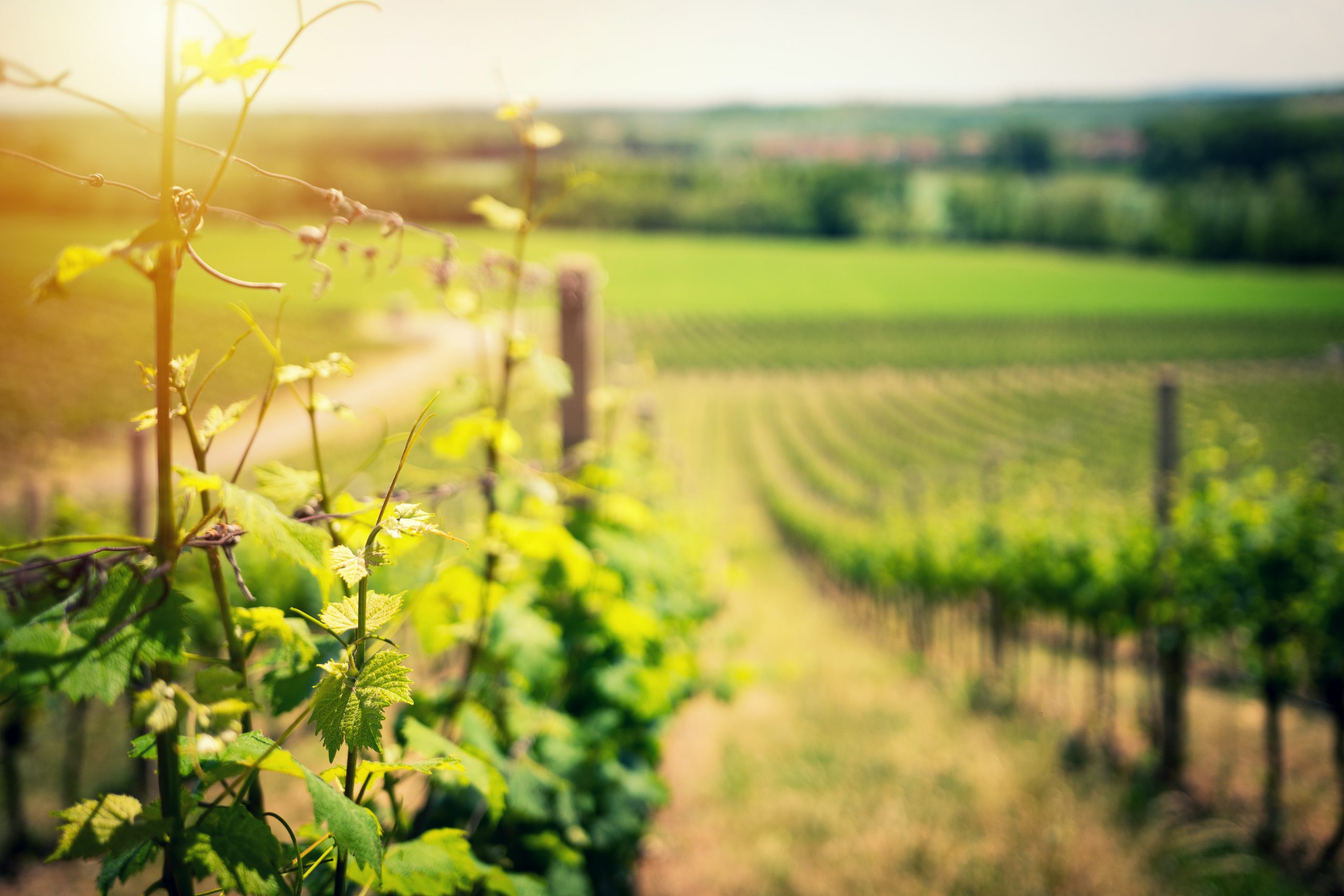
I become hooked on California Chardonnay when I first visited Carmel in 1976 for five weeks. The atmosphere of Carmel and these new wines for my palate opened up a new world for me. [I had] Stag’s Leap, Kistler, Trefethen…
Greg Norman, pro golfer and winery owner
Does Chardonnay Overwhelm Food?
A common criticism of Chardonnay is its propensity to overwhelm food. There is truth in this; a monster-style Californian Chardonnay, for example, can steamroll over the delicate flavors of a light fish preparation. At the same time, the legions of Chardonnay drinkers across the land don’t seem to be complaining about the wine’s big personality. Whatever your view, it is always helpful to play to Chardonnay’s butter, weight, and hint of sweetness. If you going to have fish, opt for fattier types in heavier sauces, like salmon in butter sauce. Think rich: creamy chowders, fried foods, guacamole, lobster with butter, sweetbreads, shrimp and grits. Heavier styles of Chardonnay even have the requisite bulk to stand up to red meat, so if you’re going to drink white with a table of carnivores, Chardonnay couldn’t be a better choice. The off-dry fruitiness in many Chardonnays also pairs well with tropical sauces such as mango salsa and coconut milk. And with sweet yellow corn, who needs butter when you have a creamy Chardonnay? On second thought, add an extra stick.
Notable Producers: New World Chardonnay
Under $25: U.S.: Hess Select, De Loach, Zaca Mesa, La Crema, Beaulieu (BV) Vineyard, R.H. Phillips, Bogle, Meridian, Columbia Crest and Château Ste. Michelle. Non-U.S.: Kim Crawford, Rosemount, Lindemans, Oxford Landing, and Wynns, Greg Norman, and Concha y Toro.
$25 and Over: Au Bon Climat, Chalone, Silverado, Beringer Private Reserve, Robert Mondavi, Grgich Hills, Cakebread, Kistler, and Marcassin.
White Burgundy: French Chardonnay, Lean and Elegant
New World Chardonnay and White Burgundy share the same grape, but they sometimes seem a world apart in personality. Chardonnay from California and Australia tend to be fat, round, buttery, and tropically-scented, contrasting with the lean, clean, appley elegance of White Burgundy.
While Burgundy’s leaner take on Chardonnay can be attributed to the region’s cool climate and unique soil, as well as the tendency of winemakers to exercise more restraint in their use of oak. All these factors combine to create medium- to full-bodied wine whose edges of acidity and earthiness make it a joyous partner for food, especially with lighter dishes that are sometimes clobbered by the buttery heft and gonzo fruit of California Chardonnay. White Burgundy’s understatement and zestiness makes it a perfect accompaniment for fish, poultry, and pasta of all kinds.
Generalizations are a dicey game with White Burgundy, however, as it has a range of styles from the light lemony scowl of a Chablis to the rich nutty power of a Meursault. Let’s take a closer look at three main sources of White Burgundy:
Côte de Beaune
Here in the southern half of Burgundy’s famous Côte d’Or “Golden Slope,” you find the greatest white wines of White Burgundy, namely Meursault, Puligny-Montrachet, Chassagne-Montrachet, three villages I call the “Golden Trinity,” as well as a vineyard called Corton-Charlemagne. Unlike most other White Burgundies, these wines are fermented and aged in oak barrels – which contributes to their lush, full-bodied, hedonistic disposition. Their bright acidity and stony earthiness, combined with relatively subtle fruit, however, help keep them from being the one-dimensional butter bombs we sometimes see from Califorina and Australia. Finer versions easily cost $50 and sometimes more than triple that. Shortcut (Golden Trin) provides the full scoop on this regal “Golden Trinity”.
Chablis
No relation to the deceptively named jug wine of the same, “real” Chablis is considered the purest expression of the Chardonnay grape because of it typically has little or no oak competing with its fruit character. Located seventy miles northwest of the main part of the Burgundy region, Chablis’ cool climate and chalky soil creates a Clint Eastwood scowl of a wine, bringing to mind things that make your mouth tingle — lemons, limes, green apples — and things that make your nostrils flare — wet stones, minerals, and chalk. Such sourness can be off-putting at first, but serve it with shellfish and you’ll see why Chablis considered such a clean, scintillating lemon squeeze of a wine.
Chablis has three quality levels promising more flavor and weight the higher you go. The basic level, “Chablis” is made from grapes anywhere in the Chablis region and ring up in the $20 range. Next up is “Chablis premier cru,” which comes from one of about 40 premier cru vineyards and costs in the $20 to $50 price range, a relative bargain compared to the $100 or more fetched by some premier cru bottlings from the Côte de Beaune. The highest level is “Chablis grand cru,” made from grapes in only one of seven grand cru vineyards and priced between $40 to $90. Although Chablis typically has little perceptible oak, some winemakers like to offer their better quality Chablis a brief flirtation with the wood.
Because consumers still confuse it with the jug wine of the same name, many stores don’t stock a lot of it. Ask your favorite wine merchant for recommendations, or track down Chablis from: Louis Michel, Rene & Vincent Dauvissat, Francois & Jean-Marie Ravenau, Christian Moreau, Verget, Jean Collet, Jean Dauvissat, and William Fèvre.
Maconnais
The mere mention of this region should automatically get you thinking “good value,” as prices can be considerably lower than in Burgundy’s more prestigious locations. The best bet here is Macon-Villages, a clean and simple wine, if sometimes a bit dull, that typically sees nary a splinter of oak. At around $10 a bottle, it is a good call for large groups content to have a simple, refreshing white. The most famous wine of the Maconnais is Poully-Fuissé, which is like a Macon-Villages but with a bit more flavor and intensity, although not always. Many people think that Poully-Fuissé’s slightly more engaging character just isn’t worth its $20 to $45 price tag, which it commands largely on the basis of its famous name. Dependable producers for Macon-Villages and Pouilly-Fuissé are Jadot, Verget, Bouchard, and Louis Latour.
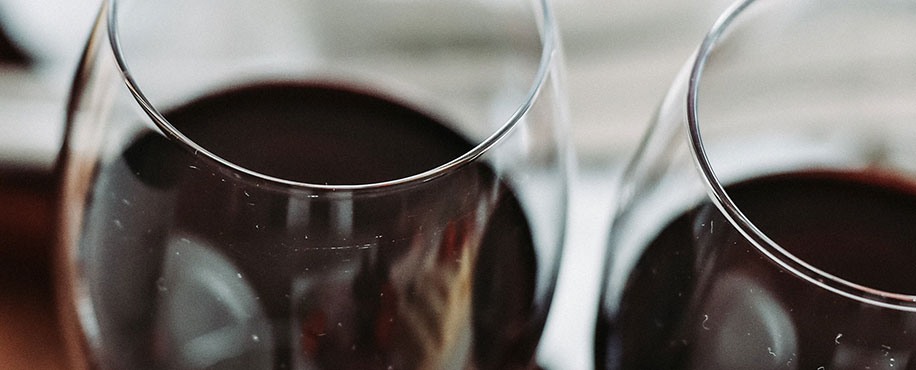
Corton-Charlemagne Louis Jadot 1971 is the best white wine produced by my father. It is harmonious, nearly a sin. I have drunk it already 37 times and the 20 bottles remaining will be drunk in my presence.
Pierre-Henry Gagey, President, Louis Jadot
Cote de Beaune: White Burgundy's “Golden Trinity”
The complex charms of white wine from Burgurdy’s Côte de Beaune are about as majestic as white wine can get. You see, the best wine from this region – most, but not all, of which comes from the neighboring villages of Meursault, Puligny-Montrachet, Chassagne-Montrachet, a trio I nickname the “Golden Trinity” – show what happens to the Chardonnay grape when it is grown in the unique soils of Burgundy.
How Oak is Used in Burgundy
There, it is vinified with a deft, disciplined hand reflecting centuries of experience. Whereas Chardonnay from the New World can sometimes be clumsily oaky, the best whites from the Côte du Beaune offer intense aromas and flavors without tasting heavy. They’re oaky, with shades of vanilla and toasted nuts, but not overtly sweet. They’re fruity, but subtly so, evoking a lush mélange of baked apples, honey, and sometimes tropical fruits. Their signature quality is a slight taste of the soil, or gout de terroir, that reminds tasters of minerals or wet stones. They’re full-bodied, often with a soft, voluptuous texture, but don’t seem heavy because of the vibrant current of acidity that runs through them. Finally, the best examples have an enduring aftertaste, resonating on your palate like the chorus of a beautiful song.
Foods with White Burgundy
With such a profile, is it any wonder that Côte de Beaune whites are the world’s model for Chardonnay? With more acidity than the typical New World Chardonnay, it is also a better choice with food. Rich varieties of fish and seafood (e.g., salmon, bass, tuna, lobster) in heavy sauces will ring gastronomic bells alongside the wine’s heft and butteriness. The slash of acidity in these wines also let the finest examples do something few white wines can do – get better with age. In the best years, certain premier crus and grand crus get more complex and interesting with up to 10 years of bottle age, and in special cases, longer than that.
How Côte de Beaune Wines Are Ranked
Speaking of grand crus, wine from the Côte de Beaune, like all wine in Burgundy’s fabled Côte d’Or, is ranked according to the location of its vineyards; the higher the rank, the greater the wine’s quality potential. Wine at the Village level comes from grapes in and around a particular village, which, for our purposes, is Meursault, Pugliny-Montrachet, and Chassagne-Montrachet. Village-level wine generally rings up between $20 and $40.
Things get more interesting at the premier cru level, which wine is made from grapes in premier-cru ranked vineyards, such as Meursault’s “Les Perrières” vineyard or Pugliny-Montrachet’s “Les Callierets”. Expect to pay between $35 and $90 or more for these gems. The top level is grand cru, sourced from just one of a handful of rarefied grand cru-ranked vineyards. Priced vertiginously from $80 to several multiples of that, grand crus include the legendary Le Montrachet and Chevalier-Montrachet.
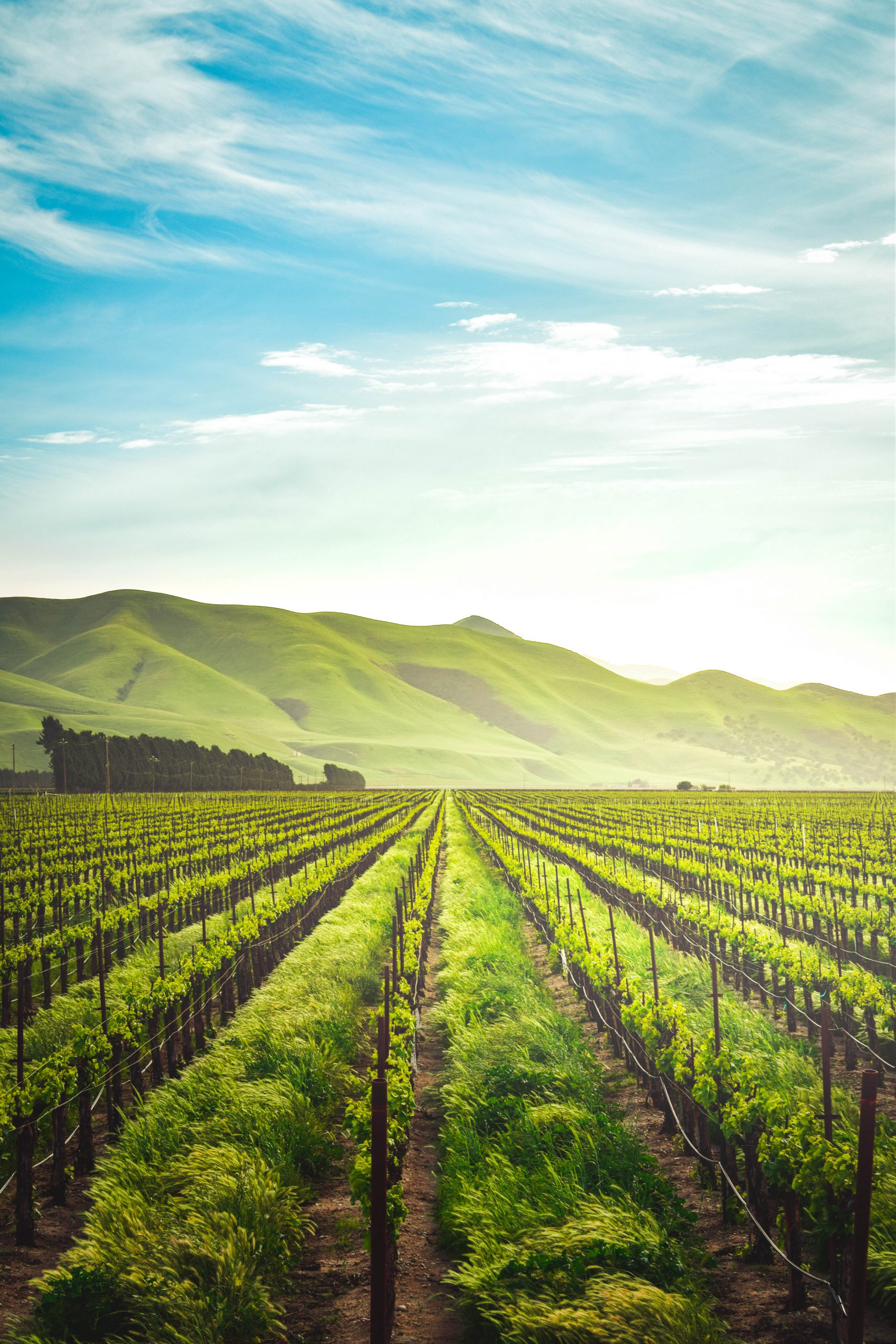
[White Burgundy displays] the purity of the Chardonnay grape at its finest. No overoaked, butter bombs here - you can taste the earth and the feel the history of centuries of winemaking when drinking great white Burgundy. There is more breed, style, length, and subtlety than any other white wine in the world.
John Kapon, CEO and head of auctions, Acker, Merrall & Condit
These kind of designations can only take you so far in distinguishing good bottles of Burgundy from the deluge of disappointments in the market. The wine’s year of vintage is also important, a topic expanded upon in Shortcut (Don’t Worry). Nothing, however, trumps the importance of the producer, whose energy and integrity can make or break a wine. Here is a summary of the Côte de Beaune’s “Golden Trinity” of villages, along with recommended producers.
Meursault: (Muhr-SOE)
The northernmost village of the “Golden Trinity,” Meursault is the most immediately likable of the three, typically a rich, round affair with hints of toasted nuts, butter, and tropical fruits like peaches. As Burgundy expert Allen Meadows wrote, Meursault is a “richly satisfying wine…comforting…expressive…and intensely enjoyable.” Meursault has no grand cru vineyards but plenty of illustrious premier crus like “Les Charmes” and “Les Genevrières”.
Favorite Producers
Comte Lafon (Kohnt Lah-fohn), Coche-Dury (Kosh-Dew-ree), A. Grivault (Gree-voe), R. Ampeau, Guy Roulot (Roo-low)
Puligny-Montrachet (Poo-lee-N’YEE Moan-rah-SHAY)
South of Meursault lies Puligny-Montrachet, Burgundy’s most celebrated village for white wine. Although styles vary, tasters speak of its harmonious balance and steely, minerally character. It includes the famous grand cru vineyards of Le Montrachet and Batard-Montrachet, both of which, confusing enough, straddle the boundary between this village and neighboring Chassagne-Montrachet.
Notable Producers
Leflaive (Luh-flayv), Ramonet (Ram-moe–neh), Sauzet (Soe-zeh), Verget (Vehr-zheh), Jadot (Jah-DOE), Latour, Drouhin (Drew-ahn)
Chassagne-Montrachet (Sha-SAHNNE Moan-rah-SHAY)
The most southerly of three villages, Chassagne Montrachet is world-renowned but doesn’t quite have Puligny-Montrachet’s reputation for finesse and balance. While distinctions are slight, its wines are sometimes noted for their big, ripe, fleshy fruit.
Notable Producers
Bernard Morey (Moe-ray), Ramonet (Ram-moe–neh), Blain-Gagnard (Blahn Gah-nyahr), Colin-Deléger (Koe–lahn-Duh-leh–zhay), Sauzet (Soe-zeh)
Pairing Chardonnay with Food
Richer New World Chardonnay
Richer or fattier fish (e.g., swordfish, salmon, tuna), lobster with butter; soft-shelled crabs; rich seafood soups (e.g.., lobster bisque, chowders); dishes with butter and cream sauces (e.g., risotto); grilled and smoked preparations; dishes with fruit/tropical sauces (e.g., mango salsa, coconut milk); crab cakes; roast and fried chicken; veal; sautéed sweetbreads, buttered popcorn; dishes with corn (e.g, corn bread, creamed corn, even popcorn); rich dips like guacamole; steak.
Lighter, Low-Oak French Chardonnay
Maconnais and Chablis: shellfish of all kinds; lighter fish preparations; lemon sauces; Côte de Beaune: richer seafood and white meat preparations (see next Shortcut).
Moderately Oaked French Chardonnay
Richer fish and seafood preparations; crab cakes; butter, cream, and nut-based sauces; creamed oysters; the local favorite Escargots de Bourgogne (snails in the shell with garlic butter); lighter meats like chicken and veal, especially in heavier sauces
Little-Known Nuggets on Chardonnay

The French call Chablis pierre–à-fusil, which means flinty, or more precisely, the aroma of flint striking steel
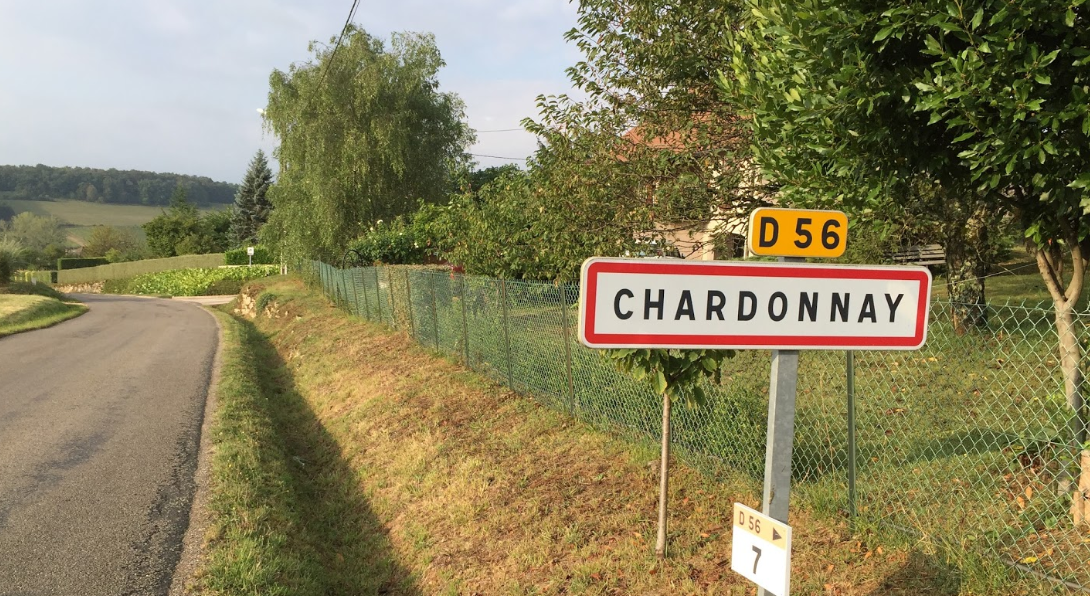
In the Maconnais there is actually a village called Chardonnay that is thought to have given the grape type its name
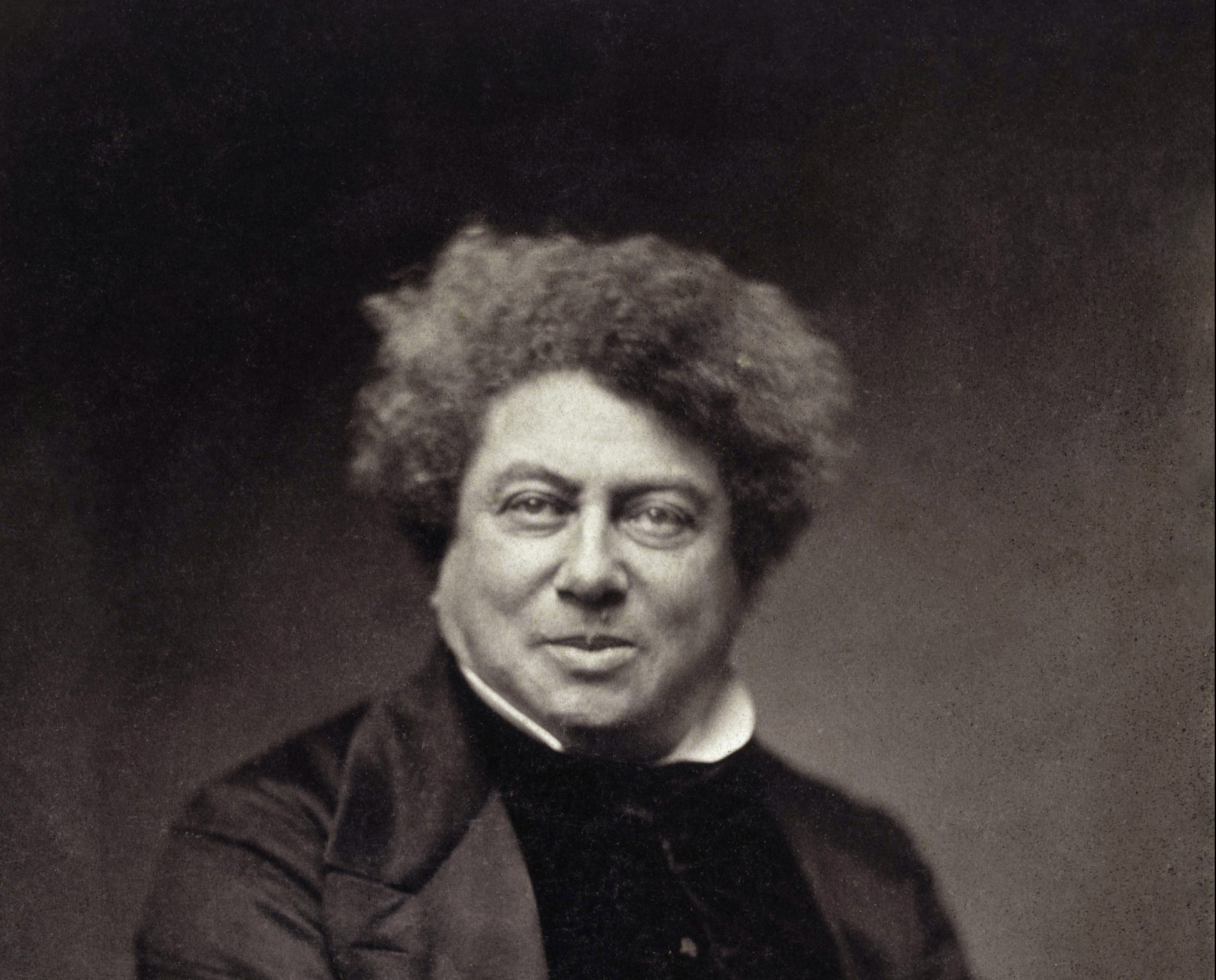
French dramatist Alexander Dumas once said that Montrachet should only be drunk “on one’s knees having removed one’s hat”.
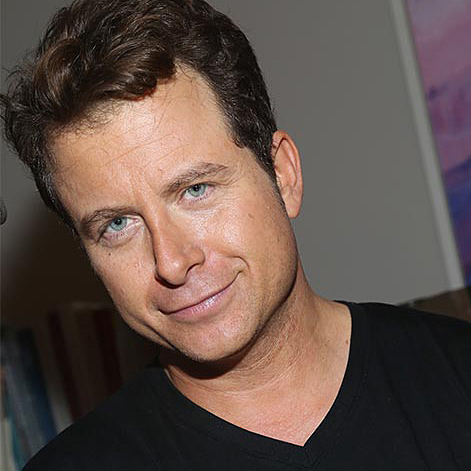
Mark Oldman
Mark Oldman is a wine expert, author, entrepreneur, and, elementally, someone who delights in helping people simplify complex subjects. He is known for his singular ability to unravel wine’s complexities with a potent blend of entertainment, style, and humor.
Mark’s enduring wine books — including the recent IACP-and-Gourmand-award-winning How to Drink Like a Billionaire (Simon & Schuster) — are considered by many to be best of their kind. Mark’s previous books—Oldman’s Guide to Outsmarting Wine (Penguin) and Oldman’s Brave New World of Wine (W.W. Norton)—have been called the “perfect book” by the Wall Street Journal and the “perfect primer” by The New Yorker.
His standing invitations to the country’s top food festivals and consistently sold-out events attest to his position as one of gastronomy’s most exciting speakers. He has presented at the Aspen Food & Wine Classic for the last 18 years as well at South Beach Wine & Food, New York Wine & Food, Pebble Beach Food & Wine, and many others.
The founder of Bevinars, Mark holds three degrees from Stanford, teaches a Stanford course on entrepreneurship, and is co-founder of career portal Vault.com.
